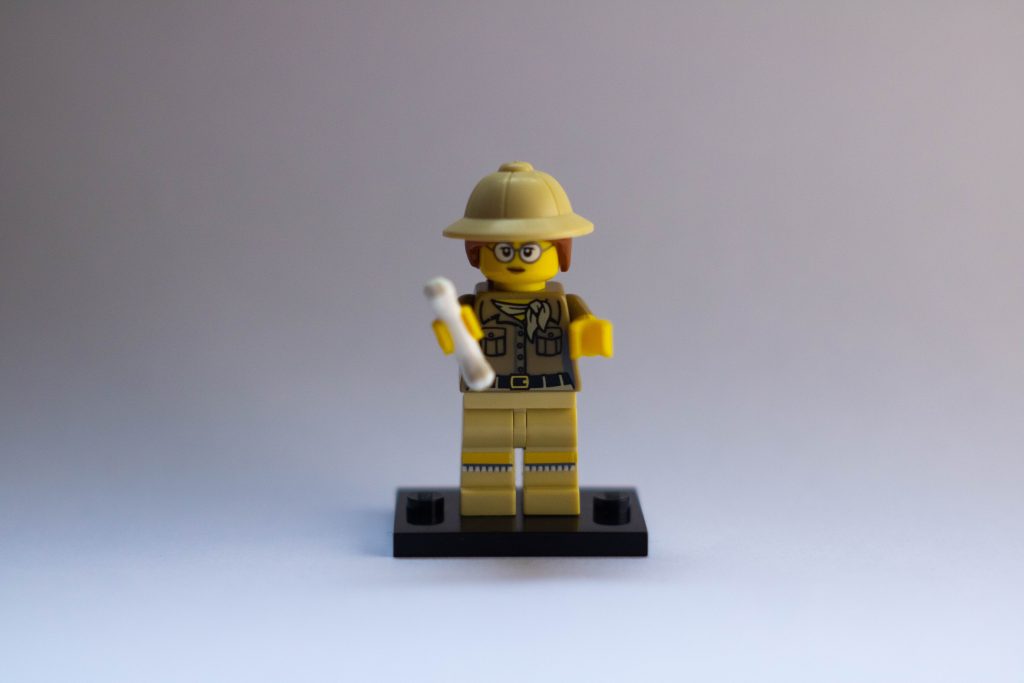
Having grown up in Italy it is difficult not to develop a fascination for the Roman empire. It is not intentional, but somehow, day after day you stumble upon it and before you realize it, it has become part of your cultural baggage and system of references.
Thinking about my four years at FZJ I can’t help but think about the famous sentence “Veni, Vidi, Vici” (“I came, I saw, I conquered”) pronounced by Julius Caesar after his swift victory at the Battle of Zela (or, if you prefer, it’s elegant Ghostbusters re-adaptation “We came. We saw. We kicked its @##“). Well, if you can picture that, now, just picture the opposite. It is not that we lost our battle (or got kicked in the @## to keep the elegant reference) but every step we took required a great amount of time and effort by people from all over the organization.
Speed is not a value by itself. Don’t get me wrong, I enjoy working in a fast-paced environment where everything seems possible, and I want to see tangible results as outcomes of my work. Diversity, equity, and inclusion, however, often requires patience and perseverance, especially if you want to go beyond performative actions and have a long-lasting impact. Aristotele wrote that “the action that follows deliberation should be quick, but deliberation should be slow” and our way of moving forward has been very Aristotelian.
As we started our DEI project, our goals were to evaluate the status of diversity, equity, and inclusion at the Center, develop a DEI strategy and implement it. After a little more than two years, we have released FZJ’s first diversity and inclusion action plan, this is certainly an achievement that deserves celebrating, especially because it gives us a glimpse into the organization we aspire to build together.
During this time, I discovered a community of exceptional people, fierce allies and passionate individuals who tirelessly work to bring change forward: scientists, administrators, technical and area experts, employees in charge of maintaining our physical and digital infrastructure, trainees, doctoral researchers, fire fighters, guests, and fellows from all over the world. Our Action Plan, not only sets a vision and goals for the future, but also wants to recognize some of the outstanding individuals who tirelessly contributed to make Forschungszentrum Jülich a safer and more welcoming organization for people from a variety of backgrounds, with a variety of needs and aspirations.
You can download FZJ Diversity and Inclusion Action Plan (PDF) following the link in the text. The document is divided in four sections: a brief foreword from our board of directors, explaining why diversity, equity and inclusion matter to us, a short history of DEI at the Center, an overview of our assessment and a final chapter explain what goals we have identified for our organization and how we are going to achieve them. I will tell you more about some of the measures we have already implemented in my next blog post.

